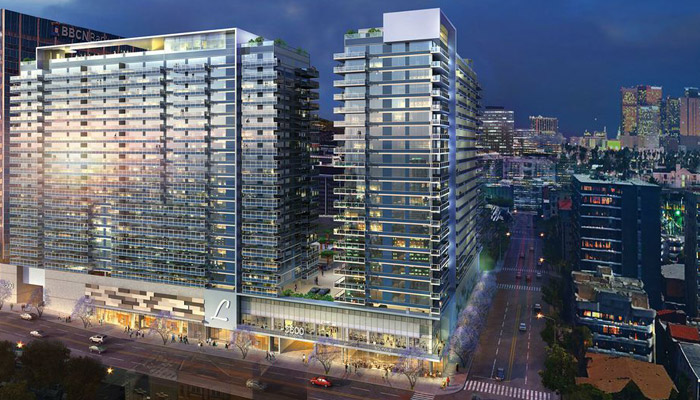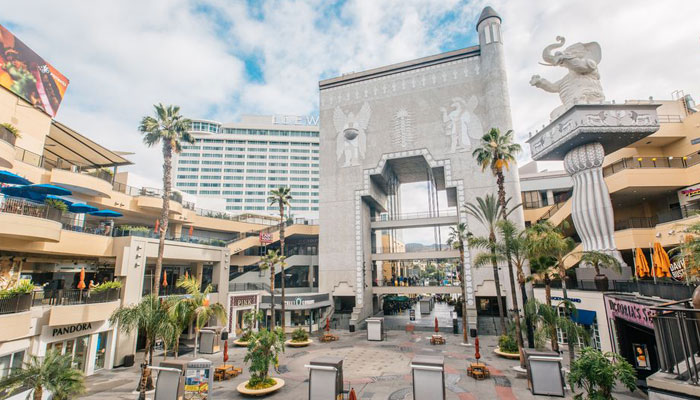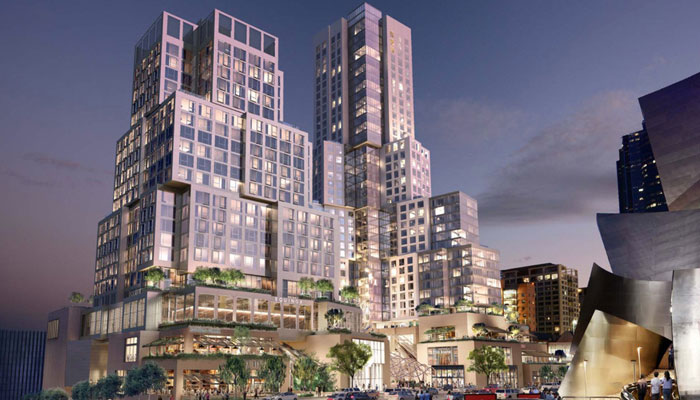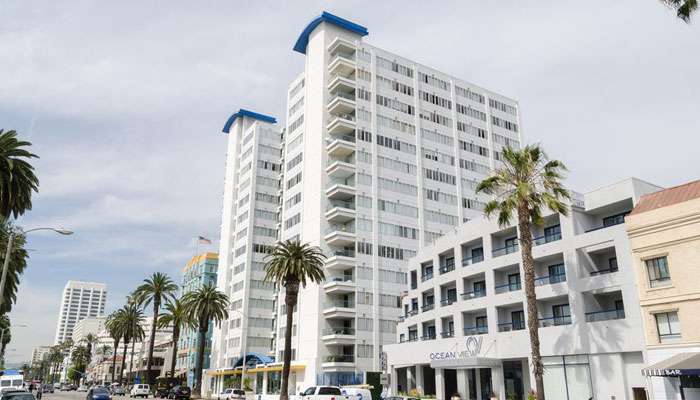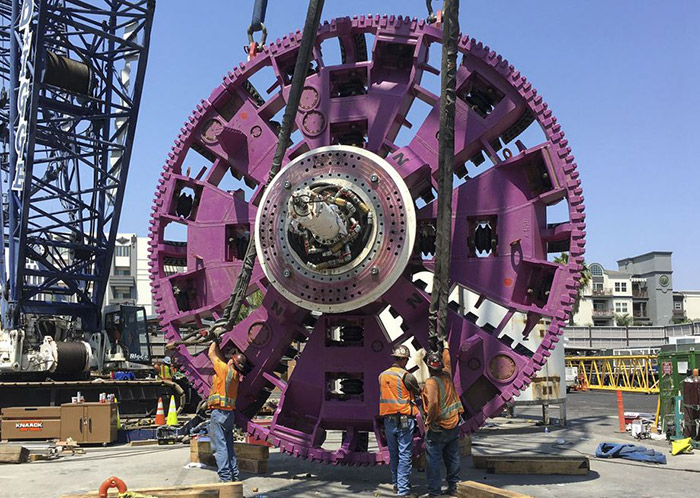
By Forbes Real Estate Council for Forbes | Read the original article here
Entering any new industry is always daunting. No matter how prepared or educated you are, there will always be some surprising new things you learn along the way.
This is especially true in real estate, where both local and national market trends can heavily impact the way you do business. We asked a panel of Forbes Real Estate Council members what they wish they'd known before they entered the industry. Below is their best advice for real estate newcomers.
1. Work On Your Business, Not In Your Business
It's surprising how much time you can spend working in your business (building the website, paying bills). The key is to delegate everything someone else could be doing. If you are making copies and you could pay someone $10 to do the work, hire someone to do that work. Your time is much better spent on money-making activities for your business. Learn to work on your business and not in your business. - Pamela J. Goodwin, Goodwin Commercial
2. It's Not As Easy As It Looks On TV
There's a lot that goes into making deals happen. It's exciting but difficult. Television shows make our job look like lots of fun, and also very easy. Working in real estate is a lot of fun, but it is rarely easy. - Deborah Rabbino Bhatt, Vesta New York
3. Relationships Matter
Relationships are the foundation of all strong businesses. However, I could not have predicted just how critical they are in successful real estate. The time, connection and authenticity you choose to step into directly correlates with the returns you receive, both financial and in fulfillment. Knowing that would have supported me in my early years. - Susan Leger Ferraro, Peace, Love, Happiness Real Estate
4. Learn To Love Problem-Solving
Being a real estate agent isn't about your looks or your taste in homes. Working in real estate means learning to love solving problems. Every transaction has nuances, and learning to navigate every possible situation comes with experience. When you are starting out it is important to approach any potential problems with the utmost care and attention to help your client and educate yourself. - Beatrice de Jong, Open Listings (YC W15)
5. Take The Time To Know What You Don't Know
Real estate is a business of liability. Unfortunately, many newcomers are so eager to get their first deal closed that they don't take the time to learn ethics or the impact of their words on the transaction. Take two years to be a novice, become an assistant to a pro or join a firm which offers comprehensive training. Learn how to actually do the job well before going into the field. - Courtney Poulos, ACME Real Estate
6. Keep Your Clients Close
The first company you work with will probably not be your last. Use an email address and phone number with your clients that you take with you to your next firm. Not every one of your friend, family or acquaintances will consider hiring or referring you. Ouch! - Joe Houghton, RE/MAX Results/The Minnesota Property Group Team
7. You Are Your Own Best Advocate
From day one I realized that nobody was going to make sure I have a ton of leads (buyers and sellers) to work, nor would they make sure I had enough closings to cover my bills for the month. I’ve woken up every day for the past 20 years without anyone spoon-feeding me business. Closings didn’t happen overnight as I hoped. It was a solid six months of procuring leads on my own and lots of patience. - Angela Yaun, Day Realty Group
8. You Won't Get Rich Quick
This not a "get rich quick" business. I hear some people say they will jump in for a year or two, make a bunch of money and then do something else. If that is the motivation, this isn't the right business. This is a people business where you can make a living. I sincerely care about my clients and their needs before my own pocket. Building it through that type of caring and integrity takes time. - Michelle Ames, HorsePower Team Texas/Independent Realty
9. The Highest Bidder Doesn't Always Get The Deal
Even if you are rich or have enough money to buy the property, it doesn't mean you'll get it. Offering the highest price won't necessarily make the seller choose you — it's all about the surety of closing. If the seller believes you are able to close the deal (raise enough money, get a loan, etc.), then you are well-positioned to get the deal, even if you are not the highest bidder. - Ellie Perlman, Blue Lake Capital LLC
10. You Need To Block Out The Noise
Block out the noise of all the new, shiny objects or tools that vendors try to sell you that will improve your business or negative agents who don’t do much or tell you how to run your business. Take on a mentor or pay for a business coach and listen to those who are successful and help others become successful. - Michael Bui, Equity One Real Estate
11. Actively Work To Generate Leads Every Day
Everything starts with lead generation. Your property marketing may be great, your website may look amazing and your team may be ready to serve. That said, if you don't have clients, all of that means nothing. Agents, especially newer agents, must focus on daily lead generation. This can be in the form of calls, door-knocking, networking, open houses or any of a number of ways to reach clients. - Kofi Nartey, The Nartey Group - Compass
12. You'll Spend Most Of Your Time On Acquisition
Your main focus and the majority of your time is on customer acquisition. You could be an amazing real estate agent with your negotiating and customer service skills, but that won't mean anything if you nobody knows who you are. While it can be costly at first, you need to get your name out there and build a steady pipeline of clients to be truly successful long-term. - Brad Le, Compass
13. Document Everything
I've known them for years. I was in their wedding. My dad was in whatever with their dad. So you trust them, right? Don't. Thoroughly examine all economic activity documented, especially earnings and commission. People remember things differently at the most inopportune times, like closing. Buy a pen or e-signature service today. - Michael J. Polk, Polk Properties / Matrix Properties

